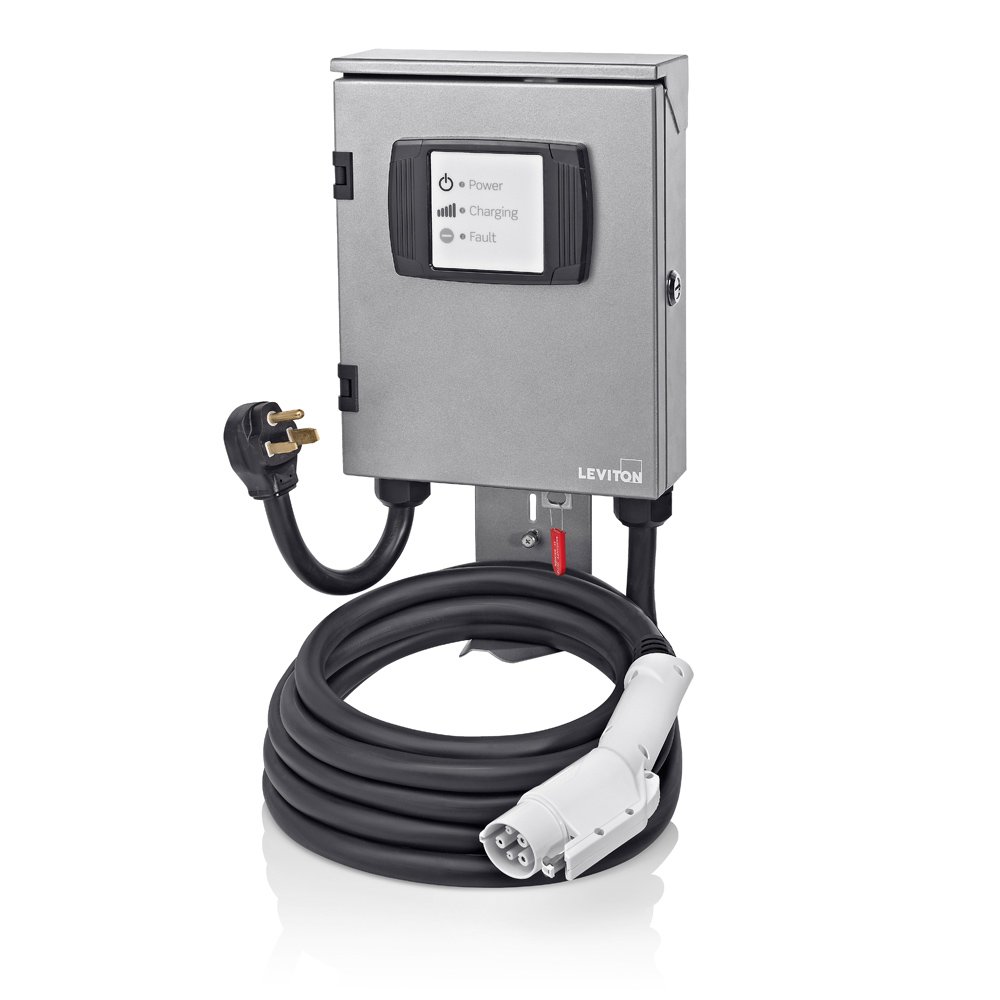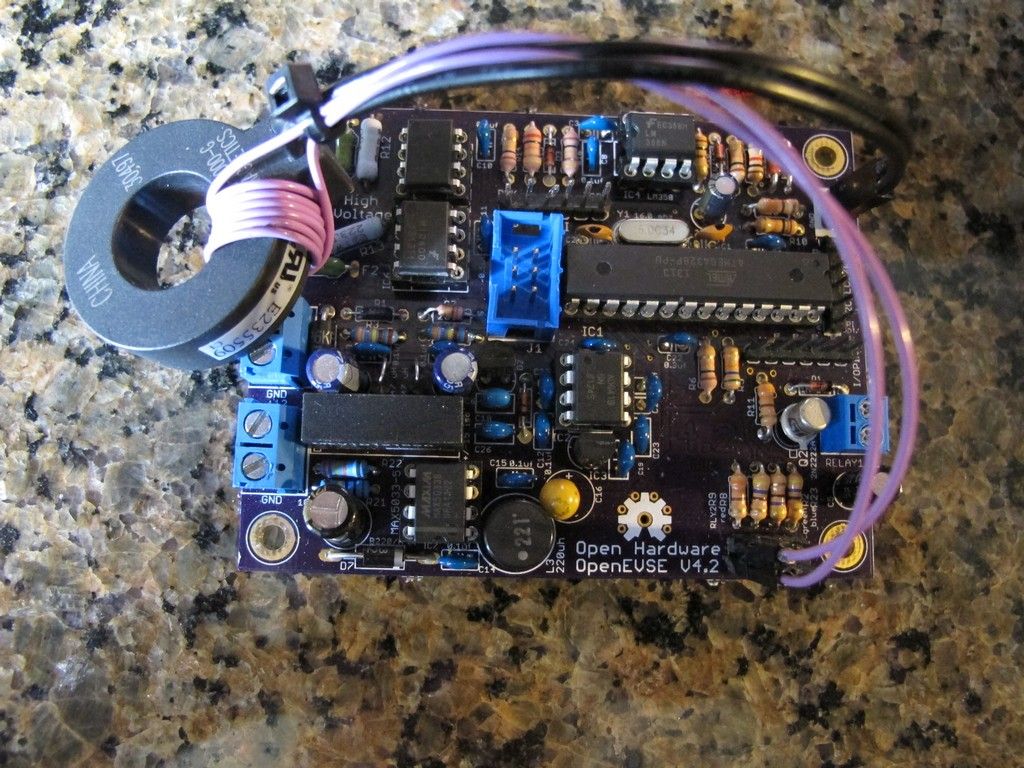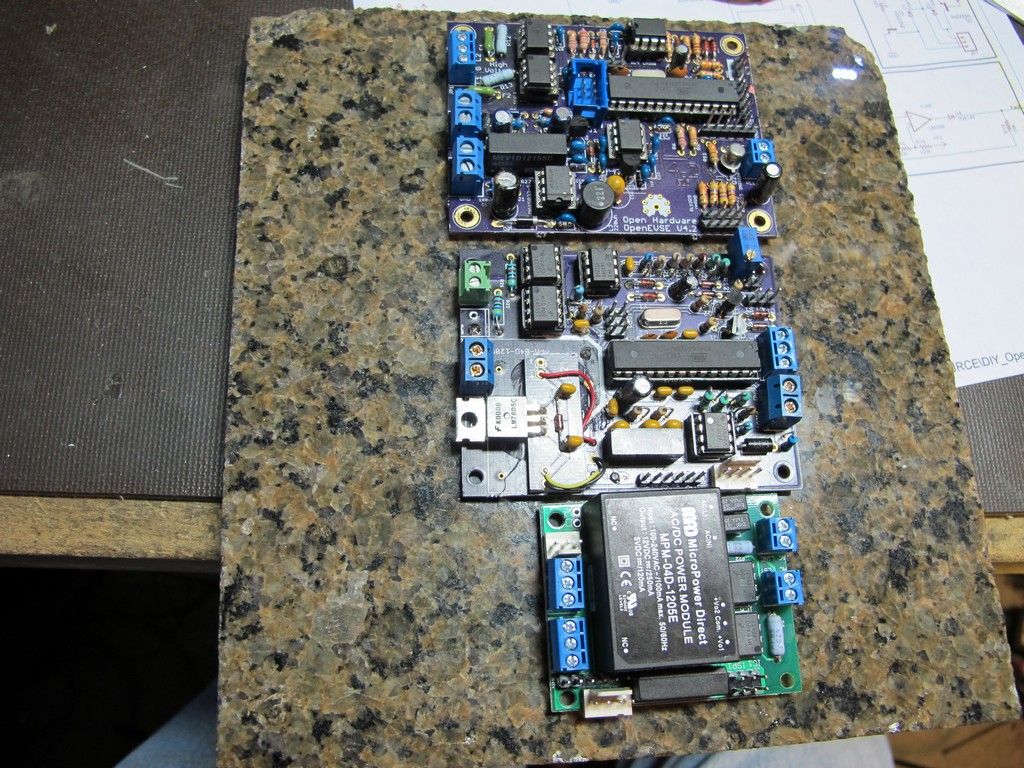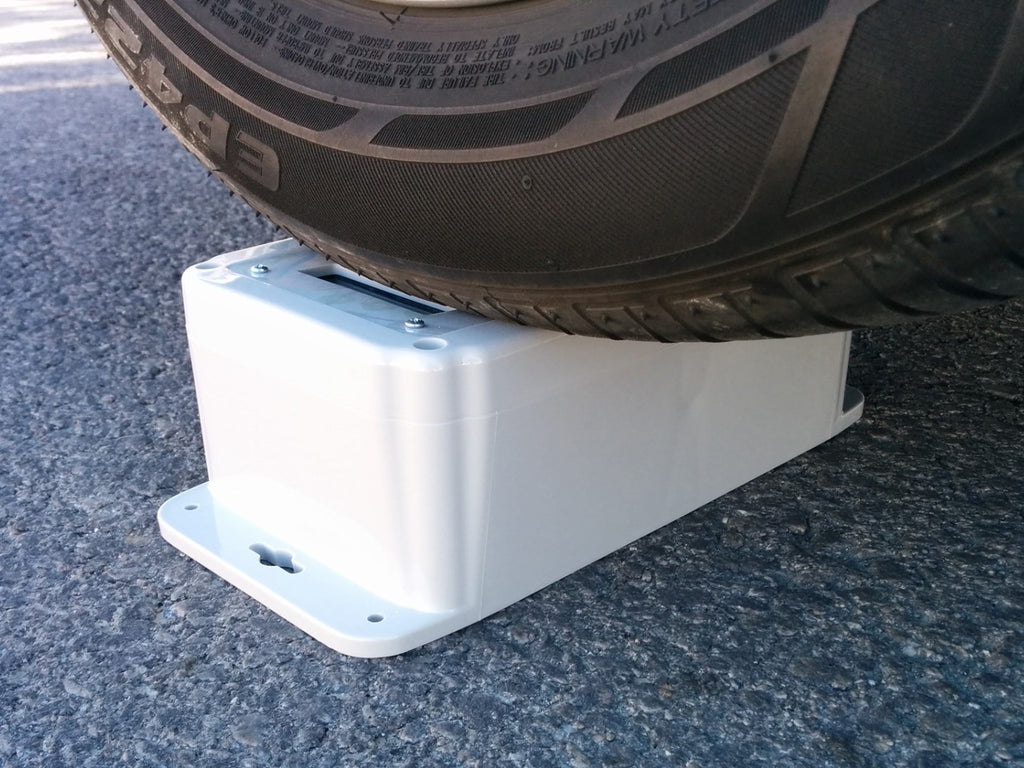TonyWilliams
Well-known member
eHelmholtz said:The other reason that people talk about 32A EVSEs is because there are 40A circuits with 50A outlets (which meet code) or hardwired.TonyWilliams said:That's the only reason we even talk about 30/32 amp EVSE's, plus many of the J1772 cable assemblies are limited to 30/32 amps. Quick Charge Power offers J1772 plugs / cables in 32, 40, 50 and soon 80 amp assemblies.
Yes, I know that's been discussed on the forum. The dumbest rule ever, building a substandard circuit that can be overloaded by the outlet rating. No markings required like; CAUTION: DUMB RULE ALLOWS YOU TO PLUG IN YOUR 50 AMP DEVICE, BUT CIRCUIT IS ONLY CAPABLE OF 40 AMPS. WATCH FOR SMOKE WHILST IN USE.
Dumb, dumb, dumb.







